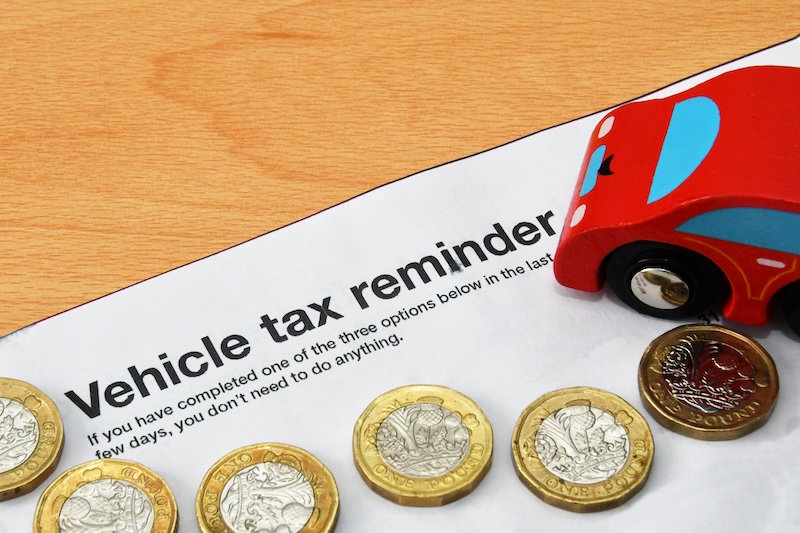Everything you need to know about car cloning

A cloned car is usually the exact same make, model and colour as the legitimate car.
Car cloning is when someone deliberately disguises a car by using details from another car. This usually happens when criminals use number plates from legitimate cars to hide stolen cars from the police.
How does car cloning work?
To clone a car, criminals copy the details of a car onto a stolen or otherwise illegal vehicle to make it look legitimate. These might include:
The Vehicle Identification Number (VIN)
The VIN is a 17-digit number that identifies a specific vehicle. It’s like a human fingerprint – no two VINs are the same. This number provides information about the vehicle, including the manufacturer, the make and model, the year it was manufactured and any unique features.
You’ll find your car’s VIN in several places, including inside the glove compartment, the right-hand dash panel, stamped into the chassis and at the bottom of your windscreen. The car’s V5C document will also detail the VIN.
Because the VIN is on parts of the car that are accessible from the outside, criminals can make a note of it and then use it to replace the VIN of a stolen vehicle.
To an uninformed person, the car would look legitimate, provided the VIN on the V5C paperwork matches the VIN on the car.
Number plates
Number plates are, unfortunately, relatively easy to clone. Criminals will look online for car ads featuring the same make, model and colour of car they are trying to disguise and create fake number plates for it.
One reason it’s so easy to do this is because companies produce ‘show plates’ for cars they are selling. These plates don’t have the legal markings necessary for a number plate. That means criminals can get one of these plates made with any registration number they want.
The VIN is normally not changed when this method is used, as speed cameras and other security cameras are unable to pick up the VIN from the car’s windscreen.
How do you know if your car has been cloned?
Until it’s used in a crime, you’re unlikely to know that your car has been cloned.
Getting a fine in the post for speeding or another motoring offence you know you didn’t commit may be the first sign that you’ve been a victim of car cloning.
You may also get pulled over by the police or even get a visit from them at home if the cloned car has been used in a more serious crime, like robbery.
You’ll also know your car has been cloned if you happen to see the cloned car in the street, although this is pretty unlikely to happen.
What to do if your car has been cloned
If you’re questioned about a crime involving a cloned car, you’ll need to show where you were when the crime took place, as well as proving that your car is legitimate.
If you’ve received a fine you know is incorrect, first go to the police and tell them you think you’ve been a victim of car cloning. You’ll receive a crime reference number. You’ll then need to find as much evidence as possible to prove the fine is incorrect.
This could include receipts from shops that prove you were somewhere else at the time, timestamped video and even witness statements that prove your whereabouts.
Once you have everything, contact whoever issued the fine and tell them your car has been cloned. They’ll then halt the fine while the investigation is happening.
If you’d like more information on fines, check out our blog on the most common fines and how to avoid them.


